In the perpetual darkness beneath our feet, where sunlight never penetrates and surface ecosystems fade into irrelevance, scientists are uncovering evidence of an extraordinary biosphere thriving against all conventional wisdom. The recent discovery of chemolithoautotrophic life networks in Earth's deep crust has shattered long-held assumptions about the limits of biology, revealing an entire shadow ecosystem powered not by photosynthesis, but by the slow cooking of geological chemistry.
The Subterranean Frontier has become geology's most exciting new field of study, with boreholes drilled over 5 kilometers deep bringing up samples teeming with microbial life. These organisms don't merely survive - they flourish in crushing pressures and temperatures exceeding 120°C, deriving energy from chemical reactions between water and bedrock. What researchers initially dismissed as scattered extremophiles now appears to be interconnected communities spanning continental scales, a discovery forcing us to reconsider what constitutes a planetary ecosystem.
Deep within South African gold mines, microbial colonies have been found living entirely independent of surface conditions, their existence made possible by radiolytic breakdown of water molecules. Similar communities have been identified beneath the ocean floor, where serpentinization reactions between seawater and mantle rocks produce hydrogen and methane - the foundational energy sources for entire food webs. The sheer biomass of these systems remains unknown but potentially rivals all surface life, forming what some researchers have begun calling "Earth's second biosphere."
What makes these ecosystems particularly fascinating is their apparent antiquity. Genetic analysis suggests some subsurface lineages may have diverged from surface life over 2 billion years ago, potentially preserving metabolic strategies lost to the photic world. The discovery of complete nitrogen cycles and complex microbial interactions at depth indicates these aren't merely survivors, but sophisticated communities that have evolved elaborate survival strategies over geological timescales.
The energy dynamics of these systems challenge fundamental biological paradigms. Without sunlight, these organisms utilize chemosynthesis - oxidizing inorganic compounds like hydrogen sulfide, iron, or manganese. Some appear capable of direct electron uptake from mineral surfaces, a metabolic trick that could revolutionize our understanding of energy transfer in biological systems. The recent detection of fungal networks intertwined with bacterial colonies suggests nutrient cycling mechanisms far more complex than previously imagined for subsurface environments.
Perhaps most startling is the emerging evidence of multicellular life in these extreme depths. Nematodes and arthropods have been recovered from several deep boreholes, creatures somehow making a living in what should be impossible conditions. Their presence implies the existence of complete food chains extending far beneath our feet, with chemosynthetic microbes forming the base and higher organisms finding ways to exploit this unconventional energy source.
This hidden biosphere may hold critical answers to some of science's biggest questions. The enzymes these organisms use to catalyze reactions under extreme conditions could transform industrial processes, while their survival strategies offer clues for the search for extraterrestrial life. If life can thrive in Earth's deep crust without sunlight, why not beneath the surface of Mars or in the subsurface oceans of icy moons? The discovery forces us to expand our definition of habitable zones in the universe.
The implications for climate science are equally profound. These deep ecosystems appear to play significant roles in global geochemical cycles, potentially influencing everything from carbon sequestration to mineral deposition. Some researchers speculate that subsurface life may act as a geological thermostat, regulating crustal chemistry over million-year timescales in ways we're only beginning to comprehend.
As drilling technology advances, allowing access to ever deeper realms, each expedition seems to push the boundaries of life further downward. The recent detection of microbial activity in samples from 10 kilometers deep suggests we may have barely scratched the surface of this dark biosphere. What other surprises await in the unexplored depths remains one of contemporary science's most tantalizing mysteries.
This shadow ecosystem forces a radical reconsideration of Earth's living systems. No longer can we view life as a thin film on the planet's surface - it appears we inhabit a truly biospheric world, with life permeating the crust to depths we can scarcely imagine. The discovery of these chemolithoautotrophic networks represents more than just a new extreme environment for life; it suggests we may need to rewrite our understanding of how living systems interact with planetary processes on the grandest scales.

By /Jul 3, 2025
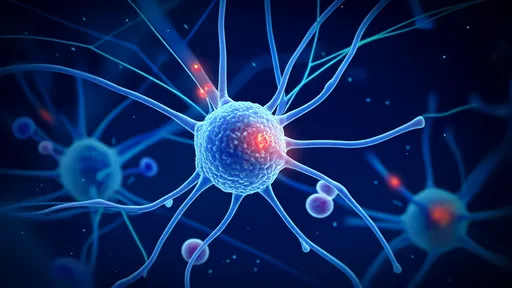
By /Jul 3, 2025
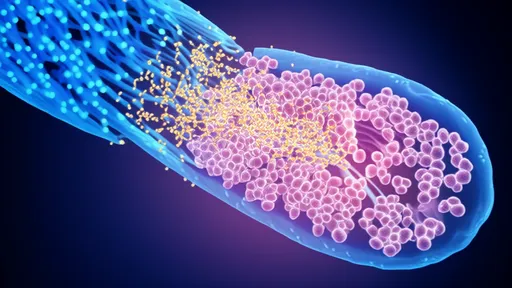
By /Jul 3, 2025
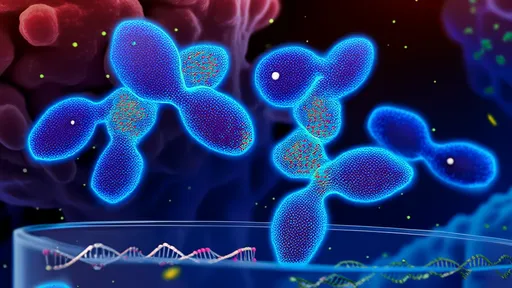
By /Jul 3, 2025

By /Jul 3, 2025
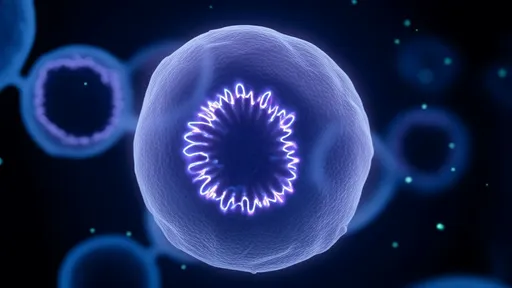
By /Jul 3, 2025
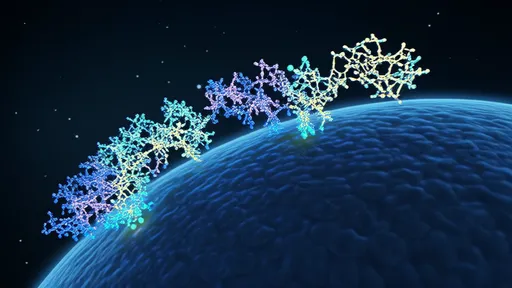
By /Jul 3, 2025
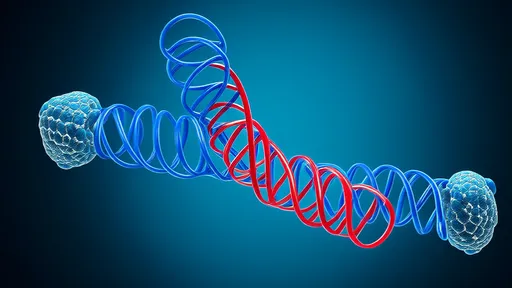
By /Jul 3, 2025

By /Jul 3, 2025
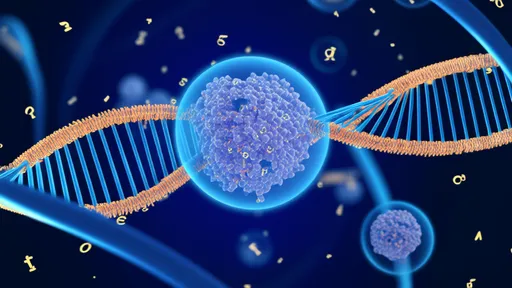
By /Jul 3, 2025
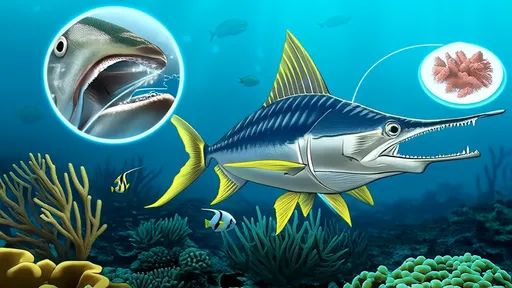
By /Jul 3, 2025
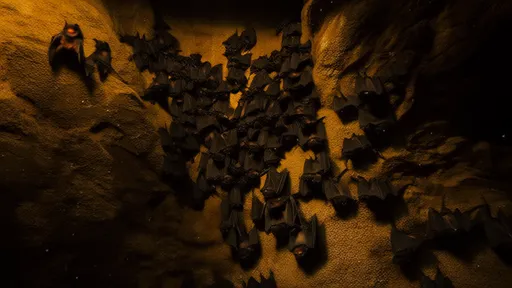
By /Jul 3, 2025
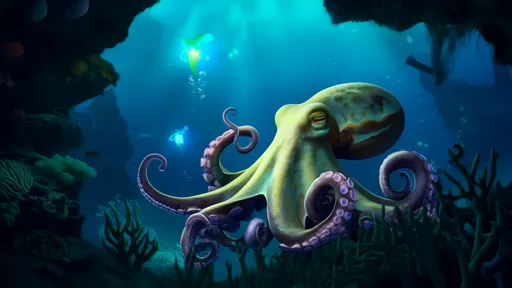
By /Jul 3, 2025
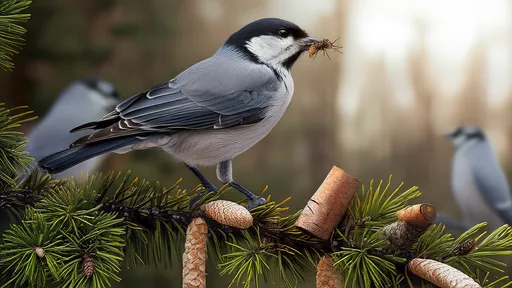
By /Jul 3, 2025
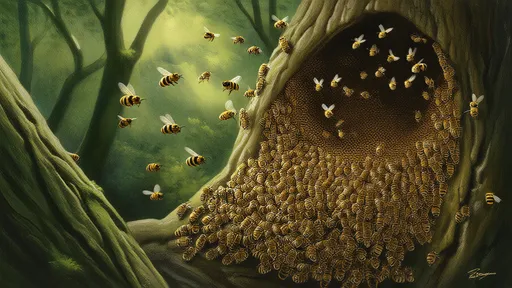
By /Jul 3, 2025
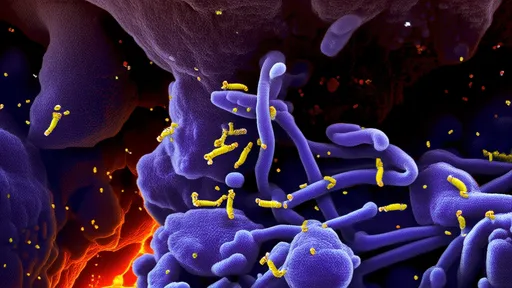
By /Jul 3, 2025
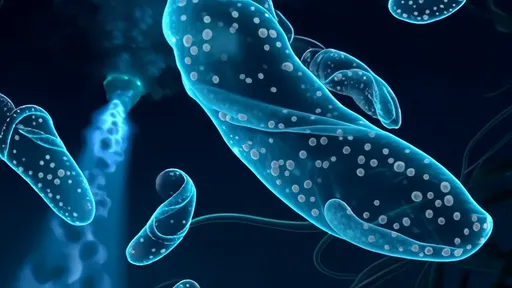
By /Jul 3, 2025
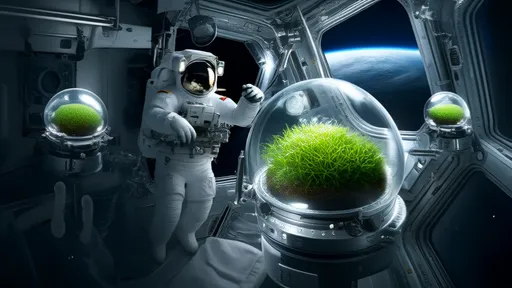
By /Jul 3, 2025